Winter in Michigan can be harsh, and with the season comes unique challenges for roof safety. The cold temperatures, ice, and snow can create hazards that pose a risk to anyone working on a roof. It is essential to understand these risks so that you can take appropriate measures to keep yourself safe. In this blog post, brought to you by Performance Roofing and Siding, we will discuss how to identify potential safety risks associated with winter roofing jobs and what essential safety equipment you should have on hand. We will also provide tips on how to prepare your roof for winter work and what safety measures you should take while working on it. Additionally, we will cover emergency preparedness for winter jobs and why hiring professional roofers might be a better option than DIY projects for Michigan winters. Lastly, we will go over the legal requirements for roof and gutter safety in Michigan and how regular inspections can prevent accidents. Stay safe with Performance Roofing and Siding!
Identifying Roof Safety Risks in Winter
Promptly identifying signs of damage such as rot and leaks is crucial. Secure footing, especially at the edge of the roof, is essential. Consider extreme temperatures when assessing safety hazards. Adhere to necessary safety precautions during rooftop work and utilize anchors for added safety.
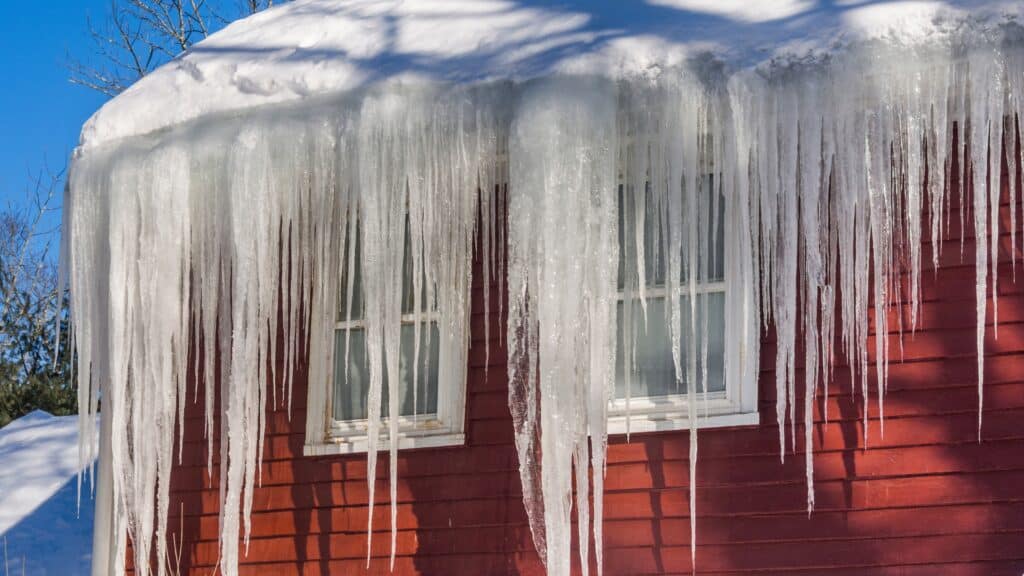
Understanding the Role of Icy Conditions
When working on icy roofs, be aware of falling risks. Consider snow and ice fall hazards, and implement roof safety harness regulations. Caution is crucial when dealing with slate or tile roofs, power lines, and vents. Always consider the NLP terms: edge of the roof and anchor for a safe work environment.
Dealing with Snow Overload on Roofs
When faced with snow overload on roofs, use the necessary tools for removal and take precautions to avoid accidents. Be mindful of rooftop work safety hazards, especially when using power tools. Always follow the manufacturer’s instructions for effective and safe snow removal. Understand the safety measures necessary for working on snow-covered roofs. Take care of the snow before you need a roof repair.
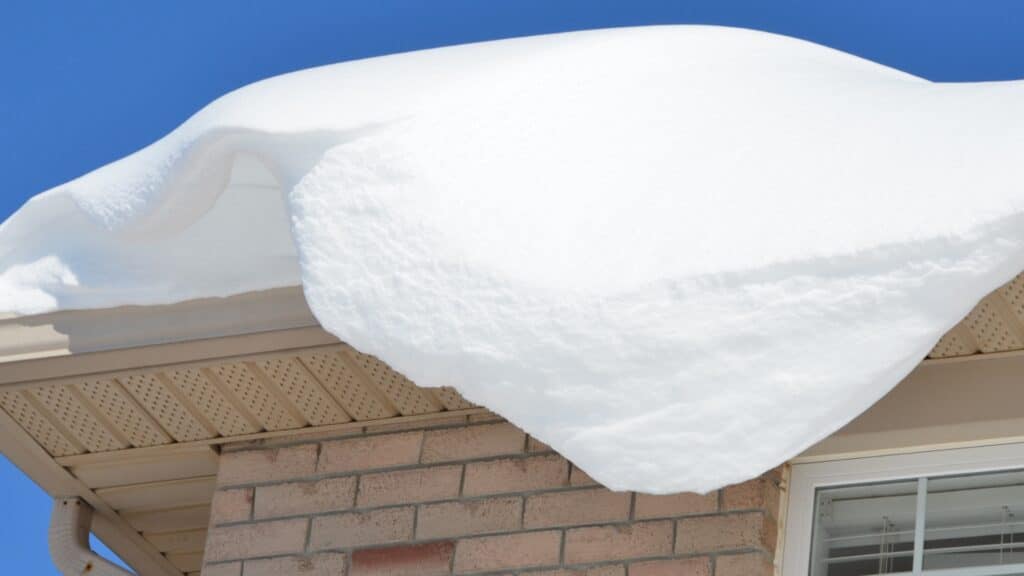
The Impact of Freeze-Thaw Cycles on Roofs
During freeze-thaw cycles, be cautious of slippery conditions to avoid falling. Understand the hazards of roofing accidents during these cycles. Take necessary precautions when assessing roofs for damage and consider the risk when working on affected roofs. Implement safety measures to prevent accidents.
Essential Safety Equipment for Michigan’s Winters
Prioritize worker safety by implementing necessary fall protection measures. Emphasize the importance of personal fall arrest system safety precautions and equip workers with proper safety harnesses. Ensure proper precautions, including using roof brackets, and understand the necessary safety measures when using scaffolding in extreme weather conditions.
Importance of a Roof Safety Harness
When working on roofs, securing proper points of contact with a safety harness is crucial. Following OSHA regulations for personal fall arrest systems and inspecting safety harnesses for damage before each use helps prevent fatalities. Emphasize the importance of using safety harnesses as part of a personal fall arrest system.
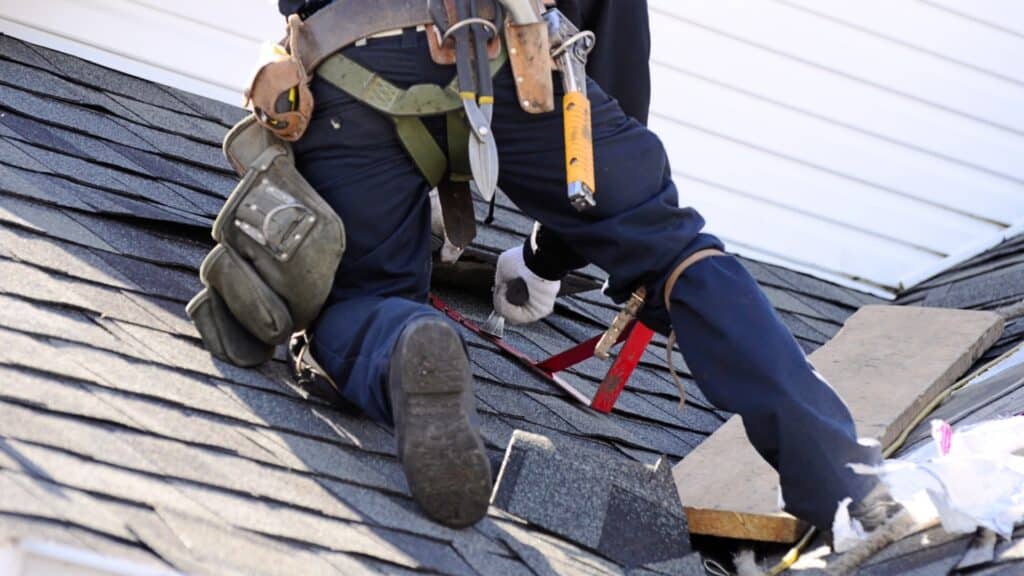
Using Sturdy Ladder and Scaffolding in Icy Conditions
In icy conditions, ensure proper ladder safety measures are adhered to and exercise caution when setting up scaffolding. Understand necessary precautions for working on level ground and secure the scaffolding properly to mitigate accidents. Always follow OSHA regulations when using scaffolding in winter conditions.
Importance of Personal Protective Gear When Working on Roofs
When working on roofs, it’s crucial to equip workers with necessary personal protective equipment (PPE), including hard hats. Stress the importance of worker safety, especially when using power tools. Emphasize the necessity of personal protective gear in extreme temperatures and ensure proper safety measures when working near skylights. Use caution, particularly with slate or tile roofs.
Preparing Your Roof for Winter Work
Emphasizing proper ladder safety measures is crucial. Clear the work area of snow and ice before starting. Take precautions for level groundwork in winter. Prioritize worker safety when clearing vents and skylights. Stress the importance of safety, especially for homeowner safety.
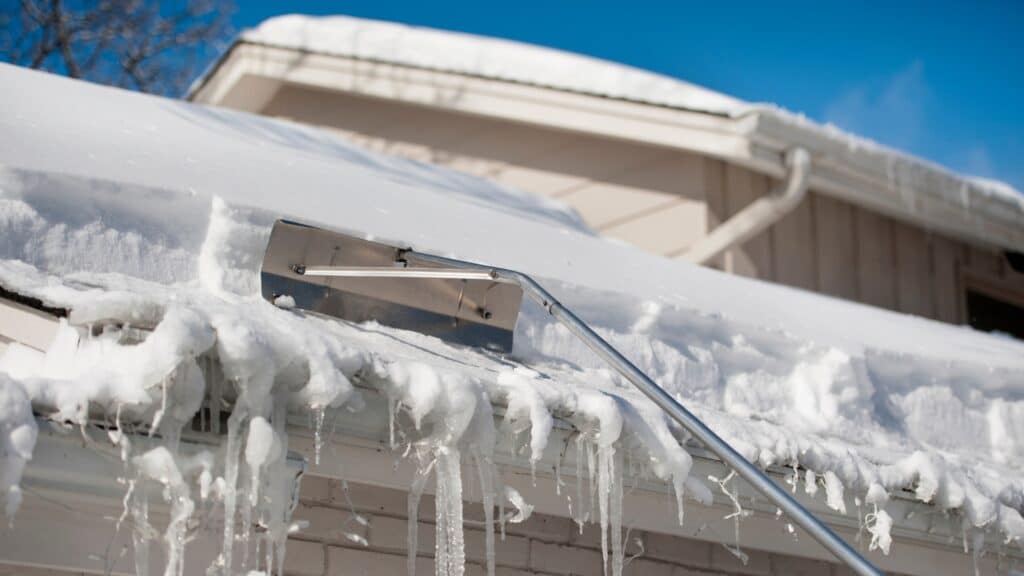
Clearing the Roof and Work Area from Snow and Ice
When working near the roofline, exercise caution to prevent accidents. Clear the roof of snow and ice for a safe work area. Follow safety measures when dealing with rot and leak hazards. Ensure proper ladder safety when accessing the roof. Take caution in extreme weather conditions.
Ensuring Roof Stability Under Winter Conditions
Regular winter roof inspections are vital to detect damage and hazards. Fluctuating temperatures can harm roofing materials. Clearing debris, checking for rot, and preventing falling icicles are crucial. Diligent leak checks after heavy snow or ice maintain stability. Maintain edge of the roof safety with proper anchoring.
Working Only In Suitable Weather Conditions
When working on the roof, extreme weather like heavy snow, ice, or strong winds poses serious injury risks, especially in the Ann Arbor area. Postpone roofing work during adverse weather and use safety harnesses for unexpected changes. Guidelines for winter rooftop work should address hazards and follow OSHA regulations for worker safety.
Safety Measures While Working On The Roof during Winter
Implementing proper safety measures, like personal fall arrest systems, is crucial for worker safety during winter rooftop work. This includes using safety harnesses, roof brackets, and necessary precautions to ensure fall protection. Roofers must also be equipped with tools like hard hats and power tools while adhering to manufacturer’s instructions. Understanding the safety hazards of winter roof work is essential for worker safety.
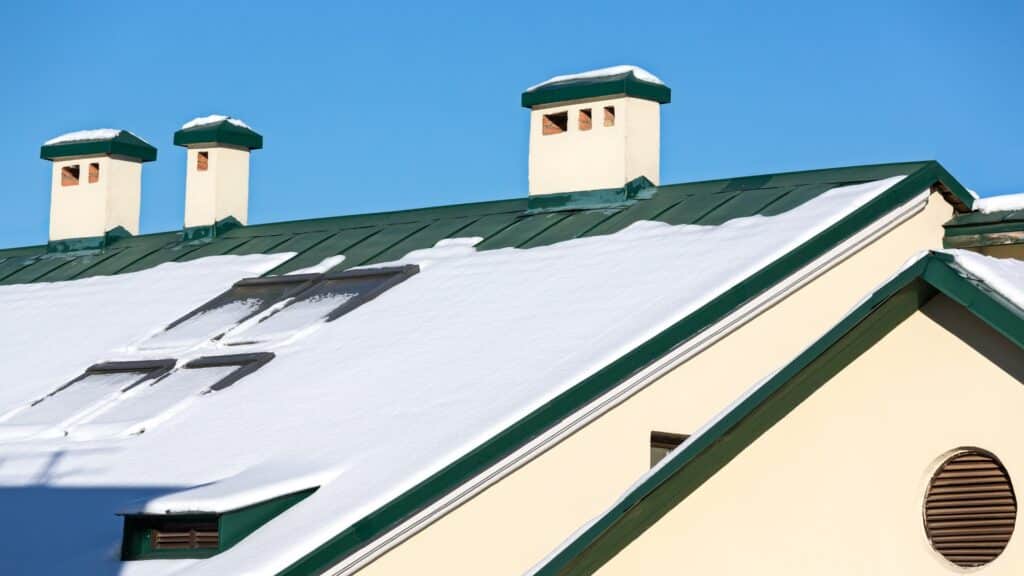
Maintaining Three Points of Contact on Icy Surfaces
When working on the edge of the roof, especially on icy surfaces, roofers should maintain secure footing by keeping three points of contact. Level ground, proper ladder safety, and safety precautions are necessary for navigating icy roof edges. Adhering to necessary precautions, including the use of safety harnesses, reduces the risk of falling on icy roof surfaces.
Special Ladder Safety Techniques for Winter
Ensuring ladder safety in winter is crucial for roof work. Specific precautions for ice, snow, and extreme temperatures are essential. Proper ladder setup, secure footing, and adherence to OSHA regulations are necessary. Roofers should be trained on safety measures, especially when working on tile roofs, to prevent accidents.
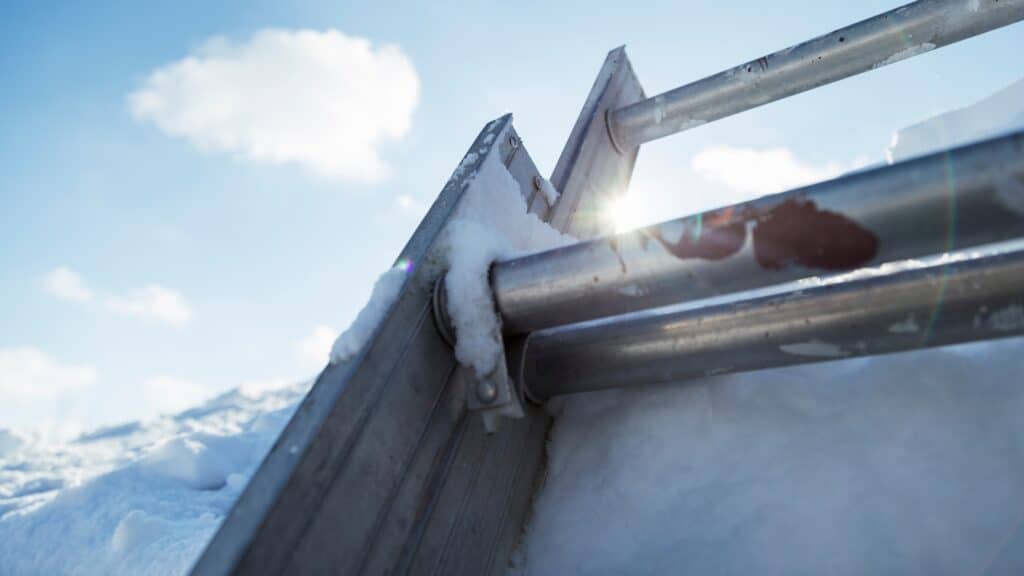
Being Extra Cautious Around Roof Openings Covered with Snow
When working near roof openings covered with snow, caution signs and safety harnesses are essential for fall protection. Identifying covered roof vents and skylights is crucial for worker safety. Clear guidelines and proactive measures help prevent accidents near roof openings.
Safe Disposal of Snow from The Roof
When disposing of snow from the roof, it’s crucial to implement proper safety measures. This includes fall protection and caution to prevent accidents. Addressing the risk of falling, shingles, and power lines is also essential in planning for safe snow disposal. Following necessary precautions, such as using safety harnesses, is crucial for preventing accidents. Implementing safety measures ensures efficient and safe snow disposal.
Emergency Preparedness for Winter Roof Work
Roofers must prioritize creating a winter-specific emergency plan with essential items for first aid and emergency kits. Understanding the risk of accidents, especially in extreme weather conditions, is crucial. Addressing safety hazards and following proper safety measures, including the preparation of emergency kits, is essential for winter roof work.
Creating A Winter-Specific Emergency Plan
During winter roof work, it’s crucial for roofers to be prepared for emergencies and potential accidents. A comprehensive winter-specific emergency plan should include safety measures, hazard identification, and the availability of necessary safety precautions. Understanding the risks and addressing them through proper planning is essential for worker safety.
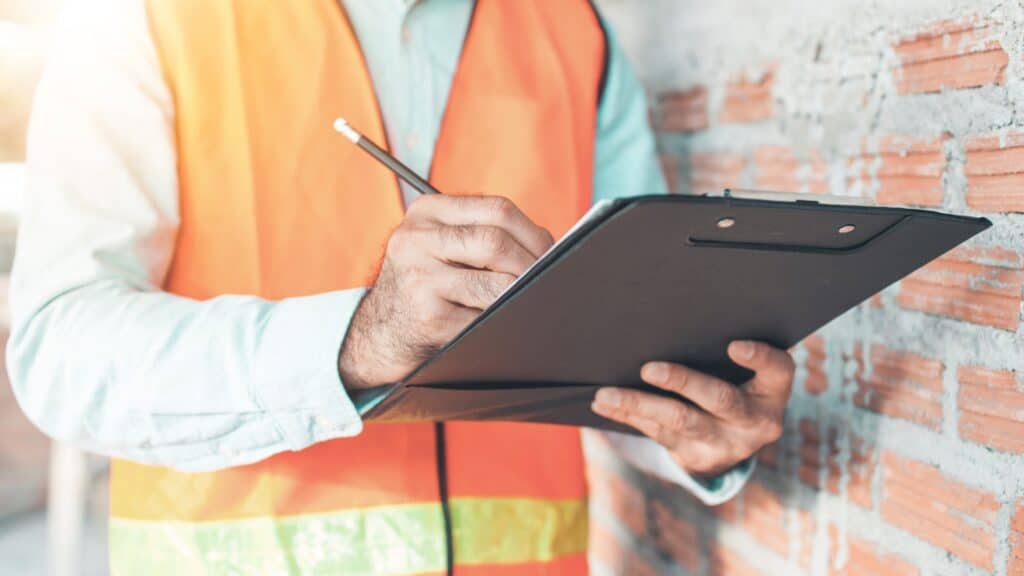
Essential Items for First Aid and Emergency Kits
During winter roof work, roofers must have access to first aid kits for addressing potential accidents. The availability of necessary safety measures, including emergency kits, is crucial for worker safety. Understanding emergency preparedness and essential kit contents is vital for winter roof work safety. Proper safety measures are crucial for addressing the risk of accidents.
Why You Should Consider Professional Roofers for Winter Jobs in Michigan
During winter, professional roofers guarantee safety adherence and necessary precautions, utilizing essential tools for working safely in extreme temperatures. Their familiarity with OSHA regulations ensures hazard recognition and precautionary measures, making them the optimal choice for winter roof work in Michigan.
- DIY vs. Professional Roofing: Assess the Risks
- Consider the safety risks associated with DIY winter roof work, such as lack of fall protection knowledge and secure footing.
- Professional roofers have the expertise to minimize accidents, making them a safer choice for winter roof projects.
- Benefits of Hiring Professionals
- Professional roofers are well-equipped to handle winter roof work safely, reducing the likelihood of accidents.
- Their knowledge of fall protection measures ensures secure working conditions and lowers the risk of injuries.
- Finding a Trustworthy Roofer in Michigan
- Prioritize safety track records when searching for a roofer, as a good safety history indicates a commitment to worker safety.
- Look for qualifications such as the use of proper roof brackets and safety harnesses, demonstrating a dedication to fall protection.
- Adherence to Necessary Measures
- Choose a roofer who strictly adheres to safety measures and protocols, including those specific to winter conditions.
- Ensure they prioritize the safety of their workers by following established guidelines and regulations.
- Weather Conditions Safety
- Confirm that the chosen roofer understands the importance of working in suitable weather conditions to enhance safety.
- A trustworthy roofer should be knowledgeable about weather-related risks and take appropriate precautions during winter roof projects.
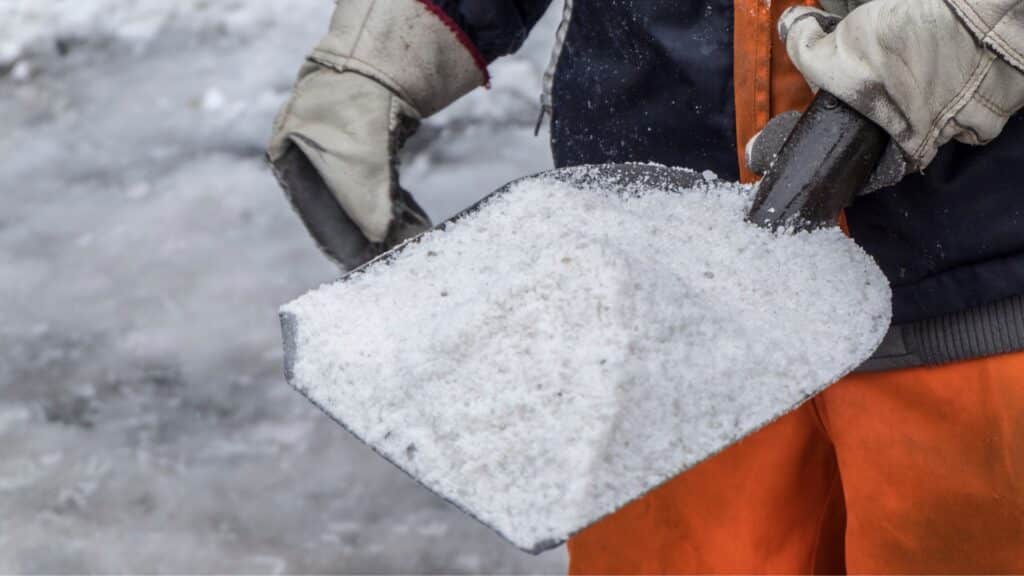
What Are the Legal Requirements for Roof Safety in Michigan?
Legal requirements for roof safety in Michigan are mandated by OSHA regulations. They emphasize the use of personal fall arrest systems and following the manufacturer’s instructions for safety harnesses. Necessary precautions must be taken for roof work safety, including regular inspection for signs of damage.
How Can Regular Roof Inspections Prevent Winter Accidents?
Regular roof inspections play a crucial role in preventing winter accidents. These inspections ensure that safety measures are in place for roof work, identifying and minimizing potential hazards. Professionals conducting inspections focus on ladder safety, secure footing, and the identification of weather-related safety hazards. Inspection of power tools and fall protection equipment is also part of comprehensive roof safety measures.
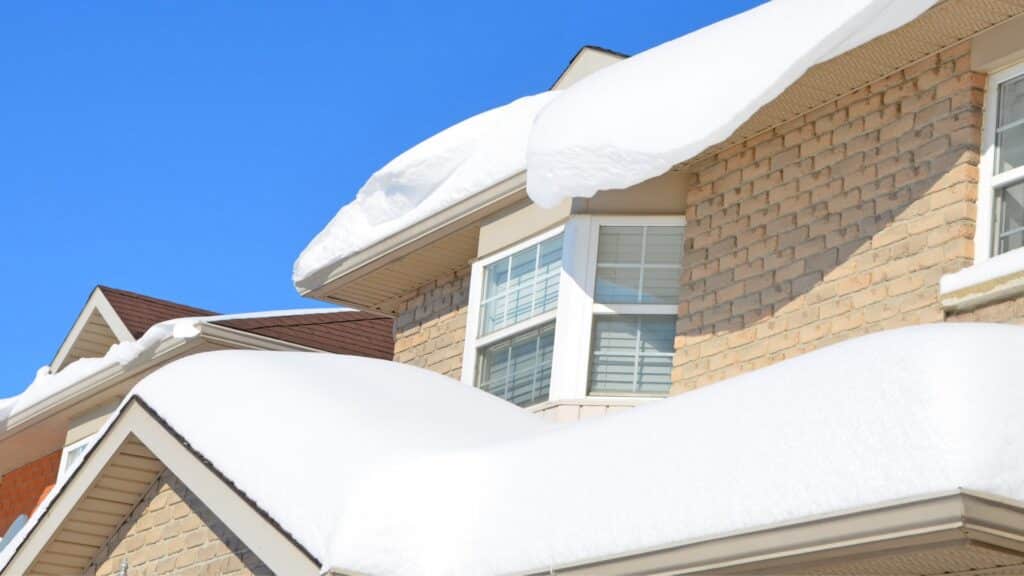
Winter Roof Safety in Michigan: Protecting Your Home and Loved Ones
Winter roof safety in Michigan, Ann Arbor, and Troy areas is crucial for home integrity and occupant safety. Understanding the hazards of icy conditions, snow accumulation, and freeze-thaw cycles is vital for accident prevention. Essential safety gear, like a roof safety harness, sturdy ladder, and protective equipment, is a must when working on roofs during winter. Proper roof preparation, including snow and ice removal, stability checks, and favorable weather conditions, is imperative. Creating a winter-specific emergency plan and having essential first-aid kits are indispensable. While DIY may be tempting, hiring professional roofers with winter safety expertise and compliance with legal requirements, like regular roof inspections, reduces accident risks. Prioritizing winter roof safety is paramount for home and family well-being.
